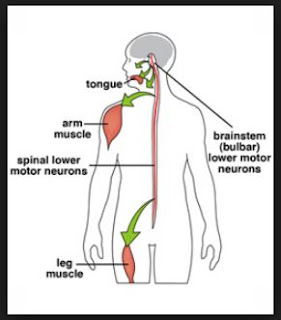Spencer Johnson has a way with words. He has written over twenty books and sold tens of millions of copies of Who Moved My Cheese? and The One Minute Manager. Most people have heard of The One Minute Manager, but his second book is not as well known, yet is better for those of us dealing with unexpected change in our lives. You can read the book in an hour or so, but you might find yourself talking about it and reading it again.
Who Moved My Cheese?
“It is an extended allegory based on the experiences of four mice who live in a maze that has cheese located at a particular location. Then one day, the cheese is moved to a new location, and their differing reactions determine their success in the new state of affairs.
In this artful way, Spencer Johnson introduces the reader to his fable on how to cope positively with change. Here is four short quotes from the book.
· “What would you do if you weren't afraid?” ...
· “What you are afraid of is never as bad as what you imagine. ...
· “When you stop being afraid you feel good” ...
· “The quicker you let go of old cheese, the sooner you find new cheese.””
Mr. Johnson passed away in 2017 and left behind the unpublished book, Out of the Maze - This is a story about the power of belief. In this month’s CostCo Connection, Adrian Zackheim writes about “The Power of Story.” It is the long awaited sequel. Adrian Zackheim has taken the drafts and published the book.
Out of the Maze
“Who Moved My Cheese? offered millions of readers relief for an evergreen problem: unanticipated and unwelcome change. Now its long-awaited sequel digs deeper, to show how readers can adapt their beliefs and achieve better results. Johnson's theme is that all of our accomplishments are due to our beliefs: whether we're confident or insecure, cynical or positive, open-minded or inflexible. But it's difficult to change your beliefs - and with them, your outcomes. Find out how Hem, Haw, and the other characters from Who Moved My Cheese? deal with this challenge.”
Here are six key principles from the book:
· Don’t believe everything you think.
· Old beliefs do not lead you to new beginnings.
· You can change your mind and choose a new belief.
· You are not your belief. You are the person who chooses your beliefs.
· Let go of whatever isn’t working.
· Look outsize the maze. Consider the unlikely, and explore the impossible.
You can find Who Moved My Cheese? at most public libraries or at Amazon. I can’t wait to read the sequel.









